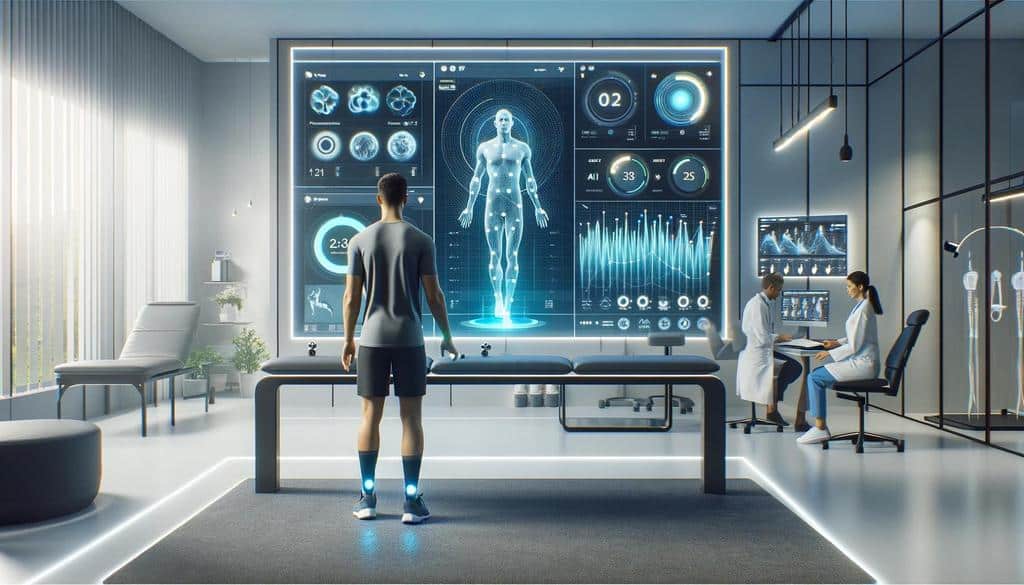
Therapr Team
Physiotherapy has evolved tremendously over the years, thanks to advancements in technology. Today, physiotherapists have access to a wide array of tools that support faster healing, effective pain relief, and improved patient outcomes. Among the most commonly used technologies are TENS (Transcutaneous Electrical Nerve Stimulation) and therapeutic ultrasound. In this article, we delve into how these innovations are applied in modern physiotherapy and why they have become indispensable in clinical practice.
TENS therapy involves the use of low-voltage electrical currents to stimulate nerves and relieve pain. Electrodes are placed on the skin near the area of discomfort, delivering mild electrical pulses that interfere with pain signals sent to the brain.
Benefits of TENS in Physiotherapy:
Pain Reduction:
Non-Invasive Treatment:
Portable and Easy to Use:
Muscle Relaxation:
Therapeutic ultrasound uses high-frequency sound waves to penetrate soft tissues, promoting healing at a cellular level. It is different from diagnostic ultrasound (used for imaging).
Benefits of Therapeutic Ultrasound in Physiotherapy:
Accelerated Tissue Healing:
Scar Tissue Breakdown:
Deep Tissue Penetration:
Pain Management:
Laser Therapy:
Low-level laser therapy stimulates healing and reduces inflammation through targeted light energy.
Electrical Muscle Stimulation (EMS):
EMS stimulates muscle contractions to prevent atrophy, improve strength, and support rehabilitation.
Shockwave Therapy:
High-energy sound waves are used to treat chronic pain conditions like tendinitis and plantar fasciitis.
Biofeedback Devices:
These devices help patients gain control over certain body functions by providing real-time feedback on muscle activity.
Virtual Reality (VR) Rehabilitation:
VR-based exercises engage patients and can improve balance, coordination, and cognitive function during rehabilitation.
Physiotherapists tailor the use of technology based on individual patient needs. Factors such as the type of injury, severity, treatment goals, and patient preference determine the choice of device or therapy. Technology is typically combined with manual therapy, exercise programs, and education to provide a holistic and effective rehabilitation approach.
While these technologies are generally safe, proper application and supervision by trained physiotherapists are essential. Some conditions, like pacemaker use or pregnancy, may contraindicate certain therapies like TENS or ultrasound, emphasizing the need for personalized assessment.
The integration of advanced technology in physiotherapy has opened new horizons for effective treatment and recovery. Tools like TENS and therapeutic ultrasound enhance traditional practices, offering patients faster relief and better functional outcomes. As technology continues to evolve, physiotherapy will become even more precise, patient-centered, and impactful, helping individuals reclaim their health and quality of life more efficiently than ever before.
Author profile
Read more articles by Therapr Team.


Get the latest wellness insights delivered to your inbox.
Subscribe to Newsletter